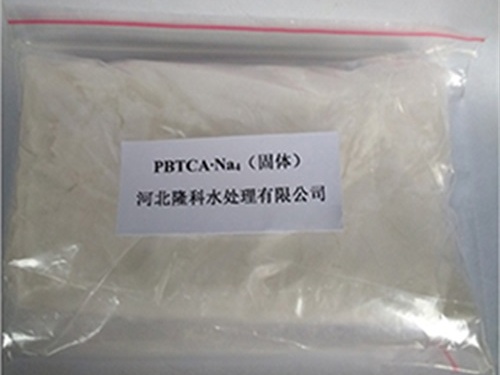polyacrylamide water treatment
The Role of Polyacrylamide in Water Treatment
Polyacrylamide is a synthetic polymer widely used in various water treatment processes due to its unique properties that enhance the efficiency of separation and filtration. Its applications range across municipal water treatment, industrial wastewater management, and even in oil recovery and agriculture. In this article, we will explore the significance of polyacrylamide in water treatment and how it contributes to providing clean and safe water.
The Role of Polyacrylamide in Water Treatment
One of the primary mechanisms through which polyacrylamide operates is flocculation. When introduced into the water, polyacrylamide molecules bind with fine particles and impurities, forming larger aggregates or flocs. These flocs can then easily be separated from water, either by sedimentation or filtration. This process is not only efficient but also enhances the overall clarity and quality of the treated water.
polyacrylamide water treatment

The use of polyacrylamide significantly improves the efficiency of settling in clarifiers, increasing the rate at which particles settle out of the water. This translates to shorter treatment times and reduced operational costs for water treatment facilities. Additionally, by minimizing the volume of sludge produced, polyacrylamide contributes to more sustainable management of wastewater.
In municipal water treatment plants, polyacrylamide is often employed in the final stages of purification to remove any remaining particles that could affect water clarity. Its role is crucial in ensuring that the water meets the stringent standards required for safe consumption. Moreover, the application of polyacrylamide allows for a more compact design of treatment facilities, as smaller equipment can often be used without compromising the effectiveness of the treatment process.
Beyond municipal applications, polyacrylamide is also making strides in industrial water treatment. Industries such as mining, textiles, and food processing generate significant volumes of wastewater, which require reliable treatment processes. Here, polyacrylamide aids in the removal of solids and organic matter, ensuring that the treated effluent meets regulatory standards before being discharged into the environment.
In conclusion, polyacrylamide plays a vital role in enhancing the efficiency and effectiveness of water treatment processes. Its ability to facilitate the removal of pollutants and improve water quality makes it an indispensable tool in both municipal and industrial applications. As water scarcity continues to challenge global populations, the effective use of polyacrylamide in water treatment can contribute to sustainable water management practices and ensure access to clean water for all.
-
Water Treatment with Flocculant Water TreatmentNewsJun.12,2025
-
Polymaleic AnhydrideNewsJun.12,2025
-
Polyaspartic AcidNewsJun.12,2025
-
Enhance Industrial Processes with IsothiazolinonesNewsJun.12,2025
-
Enhance Industrial Processes with PBTCA SolutionsNewsJun.12,2025
-
Dodecyldimethylbenzylammonium Chloride SolutionsNewsJun.12,2025





